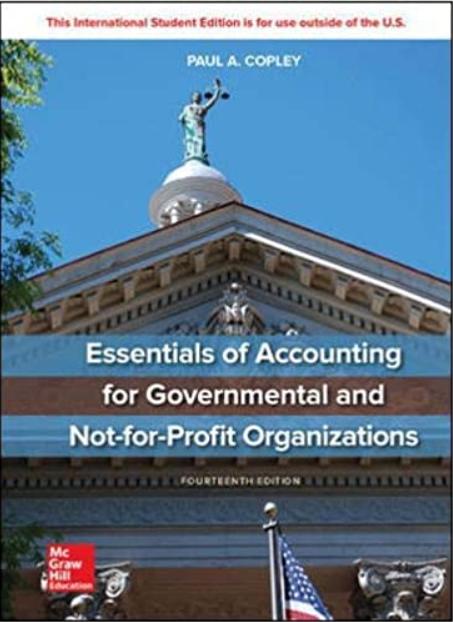Question
1.When an allowance method is used for accounts receivable, the write-off of a specific account has no impact on net income or total assets. True
1.When an allowance method is used for accounts receivable, the write-off of a specific account has no impact on net income or total assets.
True
False
2The direct write-off approach is an unacceptable accounting practice if the level of uncollectibles is significant in amount.
True
False
3.Which of the following financial ratios is not a measure of operating profitability?
A. Net Profit on Sales Ratio.
B. Inventory Turnover Ratio.
C. Return on Assets Ratio.
D. Gross Profit Margin Ratio.
ENone of these.
4.Bell Company accrued wages of $500 of December 31. The next payday, January 5, the firm paid $2,500 in wages. The company makes reversing entries. The proper entry on January 5 includes:
A.a debit to Wage Expense of $2,500.
B. a debit to Wages Payable of $500.
C. a debit to Wage Expense of $2,000.
D. a debit to Wages Payable of $2,000.
E. None of these.
5.Financial statement ratio analysis may be undertaken to study liquidity, turnover, profitability, and other measures. What type of ratio is the quick ratio?
A. liquidity
B. turnover
C. profitability
D. other
E None of these.
6.An analysis revealed Accounts Receivable of $350,000, an Allowance for Uncollectibles based on aging of $18,000. The net realizable value of accounts receivable is:
A. $309,000.
B.$327,000.
C.$332,000.
D. $350,000.
E. None of these.
Step by Step Solution
There are 3 Steps involved in it
Step: 1

Get Instant Access to Expert-Tailored Solutions
See step-by-step solutions with expert insights and AI powered tools for academic success
Step: 2

Step: 3

Ace Your Homework with AI
Get the answers you need in no time with our AI-driven, step-by-step assistance
Get Started


